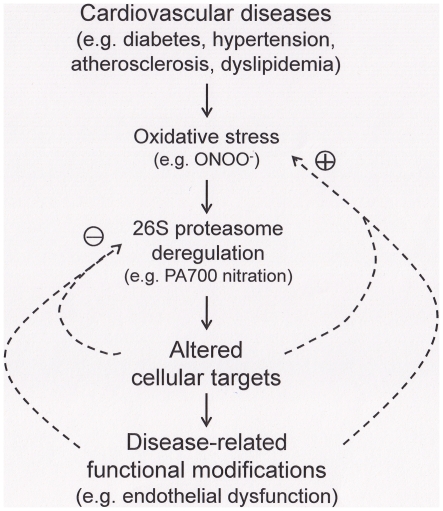Figure 6. Tyrosine nitration of PA700/S10B-mediated proteasome activation is a common pathway leading to endothelial dysfunction in mouse models with cardiovascular risk factors.
Oxidative stress plays an essential role in the parthenogenesis of cardiovascular diseases including diabetes, hypertension and dyslipidemia. ONOO−, formed by the reaction of superoxide with nitric oxide at diffusion-controlled rate, when overproduced, has been demonstrated to affect various pathophysiological events. The presented evidence support a shared mechanism in mouse models with cardiovascular risk factors, in which deregulation of 26S proteasome caused by ONOO−, likely via tyrosine nitration of PA700/S10B, the regulatory complex of 26S proteasomes. Proteasome deregulation could alter essential cellular targets, resulting in early diseased conditions, such as endothelial dysfunction (the initial damaging stage), which may either adaptively improve or worsen the conditions (arrows). Identification of mechanisms underlying these alterations may help to define proper intervention to bring clinic benefit to the patients.

